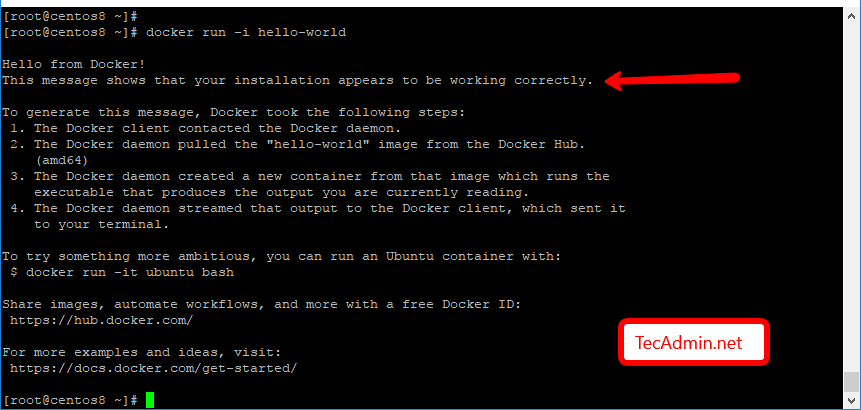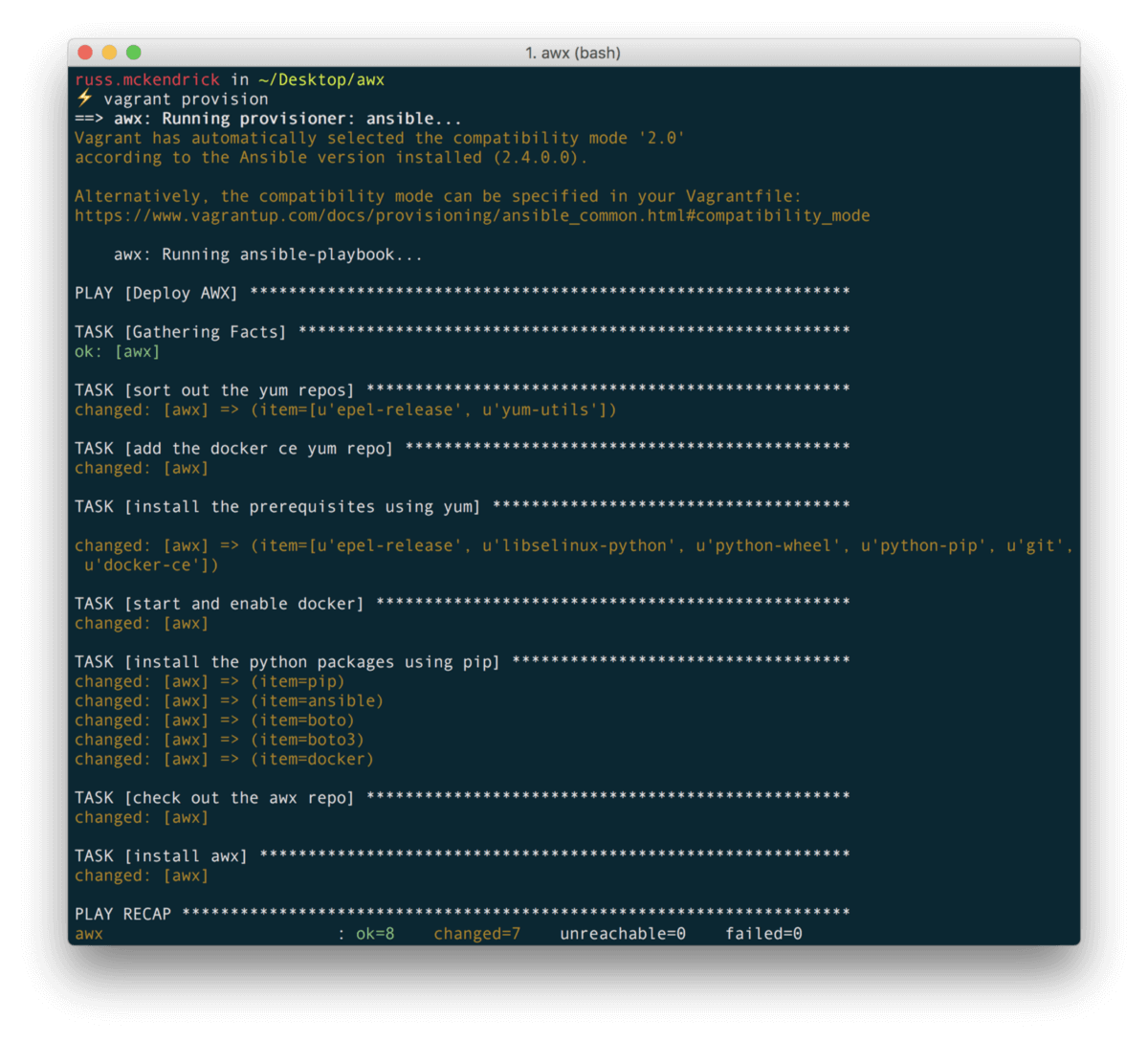


Put the following data into the file, save it, and close the text editor: my-test:

Next, create a YAML file in that directory: nano docker-compose.yml It demonstrates the minimum configuration parameters needed to start a container using Docker Compose: a YAML file calling a separate image:Ĭreate a directory for the YAML file: mkdir hello-world The Docker registry, Docker Hub, contains a Hello World image used for demonstration and testing. Starting the container with Docker Compose You will see a similar output: ~]# docker-compose -versionĭocker-compose version 1.25.5, build 8a1c60f6 Then we will check that the installation was successful: docker-compose -version Next we adjust the permissions: sudo chmod +x /usr/local/bin/docker-compose ~]# sudo curl -L "$(uname -s)-$(uname -m)" -o /usr/local/bin/docker-compose Let's install Docker Compose from the Docker repository on GitHubĬheck current version and update it if necessary using the following command: sudo curl -L "$(uname -s)-$(uname -m)" -o /usr/local/bin/docker-compose Protection of volume data when containers are createdīefore installing Docker Compose, make sure Docker is installed, see this manual for details on installation.Multiple isolated environments on a single host.The features of Compose that make it effective are: In Compose, you use a special file to configure your application services It allows you to package an application with all its environment and dependencies into a container that can be ported to any Linux system with kernel cgroups support and provides a container management environmentĬompose a tool for creating and running multi-container Docker applications.

Docker is a software for automating the deployment and management of applications in an operating system-level virtualization environment.


 0 kommentar(er)
0 kommentar(er)
